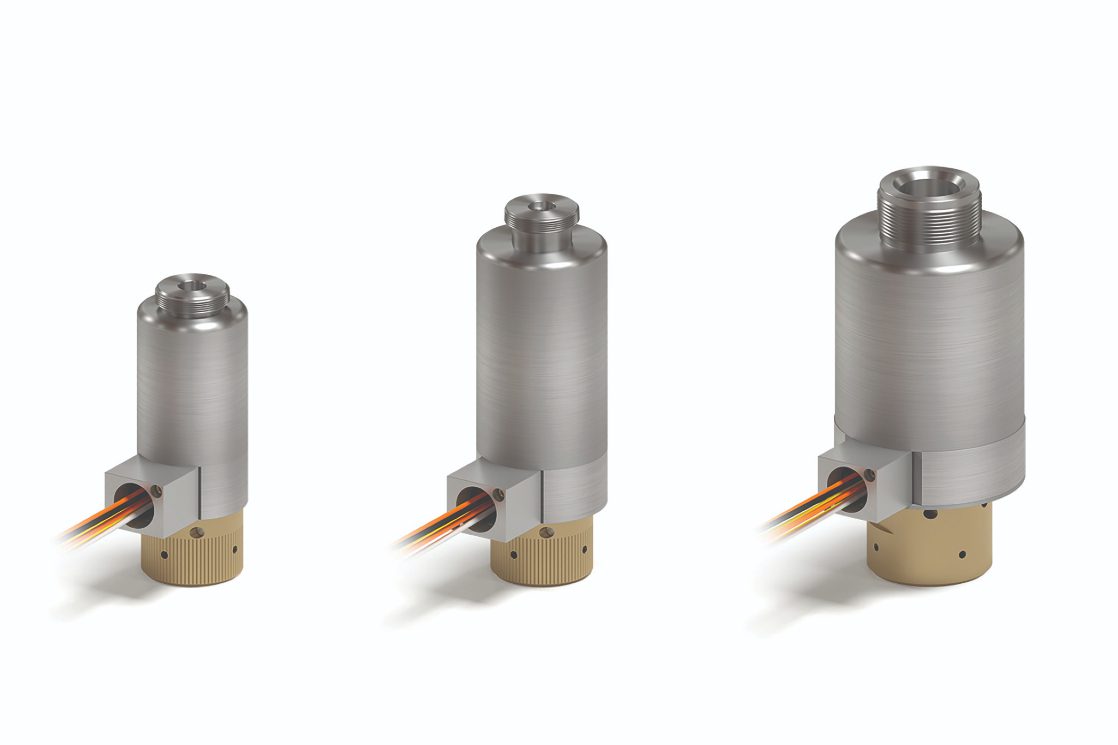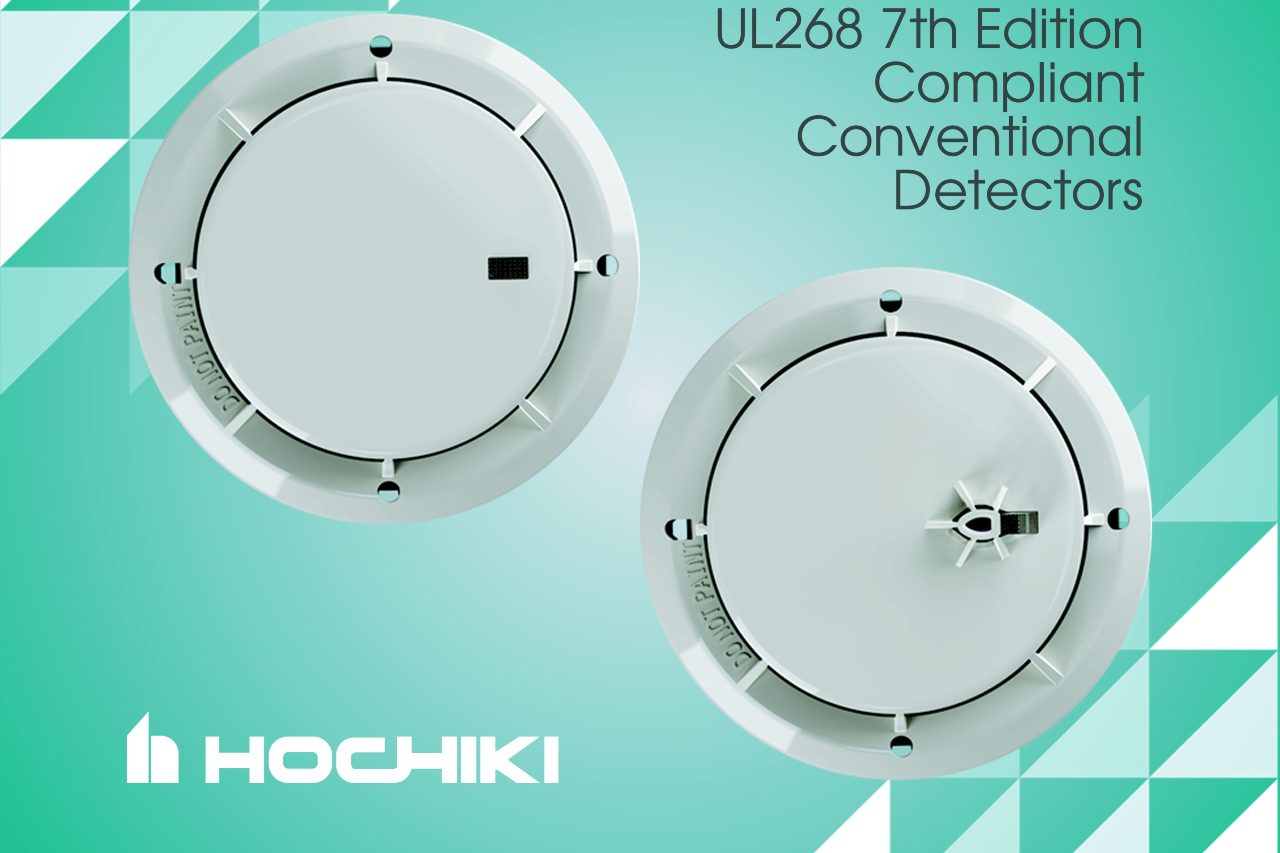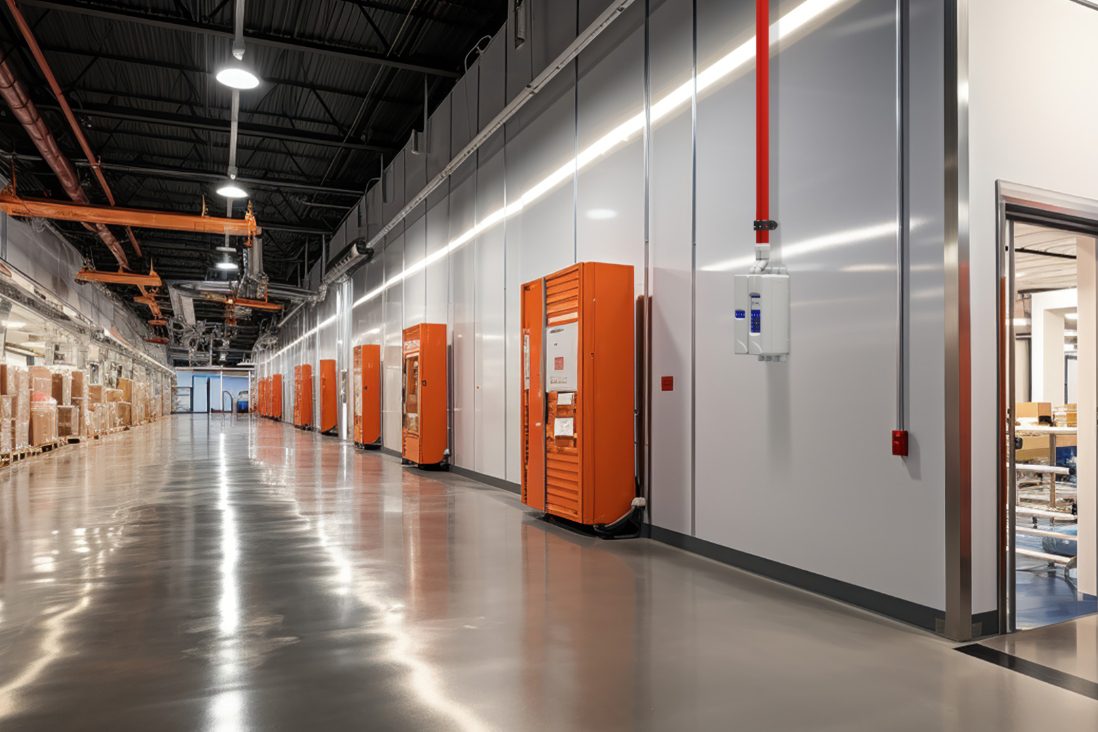Autotalks and Applied Information help emergency vehicles
The two companies are carrying out the world’s first Dual-Mode /Dual-Active V2X deployment, in which Autotalks’ chipsets are installed in roadside units such as traffic lights in Georgia, Texas and Hawaii
Autotalks, which specialises in V2X (Vehicle-to-Everything) communication solutions, has teamed up with Applied Information, Inc., an Atlanta-based provider of intelligent transportation infrastructure solutions, to save lives on the roads of Georgia, Texas, and Hawaii. The two companies are carrying out the world’s first Dual-Mode /Dual- Active V2X deployment, in which Autotalks’ dual mode chipsets are installed in emergency vehicles and on roadside units such as traffic lights.
Applied Information has developed a Dual-Mode/Dual-Active Roadside Unit to communicate with vehicles equipped with V2X On Board Units (OBUs). The main use-cases are for emergency vehicles’ traffic signal preemption, transit buses for traffic signal priority and vehicles involved in roadside work zones.
The traffic signal preemption function in Alpharetta, Georgia, the first site of the RSU deployment, transfers the normal operation of the traffic control signal to a mode of operation which gives the right of way to emergency vehicles such as ambulances and firefighting vehicles, while all other traffic is brought safely to a halt. As a result, these vehicles can arrive to their destination earlier and have better chances to save lives.
The deployment is expected to expand to include other use cases beyond emergency vehicles, such as transit bus priority, red light running alerts and “get ready for green” message to make traffic move more safely and efficiently through signalized intersections.
In Alpharetta, over 150 traffic control devices are connected and provide a unique opportunity to make real improvements in safety and mobility on streets and highways. The Georgia site is the first real life testing site of this type of deployment. Applied Information has signed similar agreements in Texas and Hawaii, where the two companies are cooperating in similar deployments.
The deployment takes place throughout a 78.5 square mile area surrounding the Infrastructure Automotive Technology Laboratory (iATL) in Alpharetta. The iATL is the world’s first private-sector facility for developing connected vehicle applications for both vehicles and traffic control devices such as traffic signals.
“Our work with Applied Information, which results in the world’s first Dual-Mode /Dual- Active V2X deployment, is another proof that the auto industry is determined not to wait until the US regulator will decide which V2X technology to deploy. Whether C-V2X or DSRC is selected, there is a move to deploy agnostic technologies such as the one we are offering with AI, and to begin saving lives today,” said Yuval Lachman, vice president of business development at Autotalks. He added that the collaboration will expedite Autotalks’ entry into the U.S. market.
“The AI/Autotalks solution enables roadway operators to confidently deploy V2X technology today so the infrastructure is ready for the auto industry deployment, while providing ‘Day One’ benefits such as safer, faster emergency vehicle response times now,” said Bryan Mulligan, President of Applied Information.
Autotalks believes that it has an important advantage as its dual mode V2X chipset can enable the US automotive industry to immediately start large-scale V2X deployment during the period of uncertainty until a uniform technology is chosen. With the company’s dual mode chipset, carmakers can focus on bringing enhanced safety to US roads with V2X without taking into consideration which V2X technology will prevail.
Autotalks’ deployment-ready, 2nd generation V2X chipset is the world’s first available solution which supports both DSRC based on 802.11p/ITS-G5 standards and C-V2X based on 3GPP release 14 and 15 specifications with embedded V2X cyber-security functionality. The chipset allows customers to easily toggle between DSRC and C-V2X communications.
Share this post on our LinkedIn or Twitter.
See more news here.










